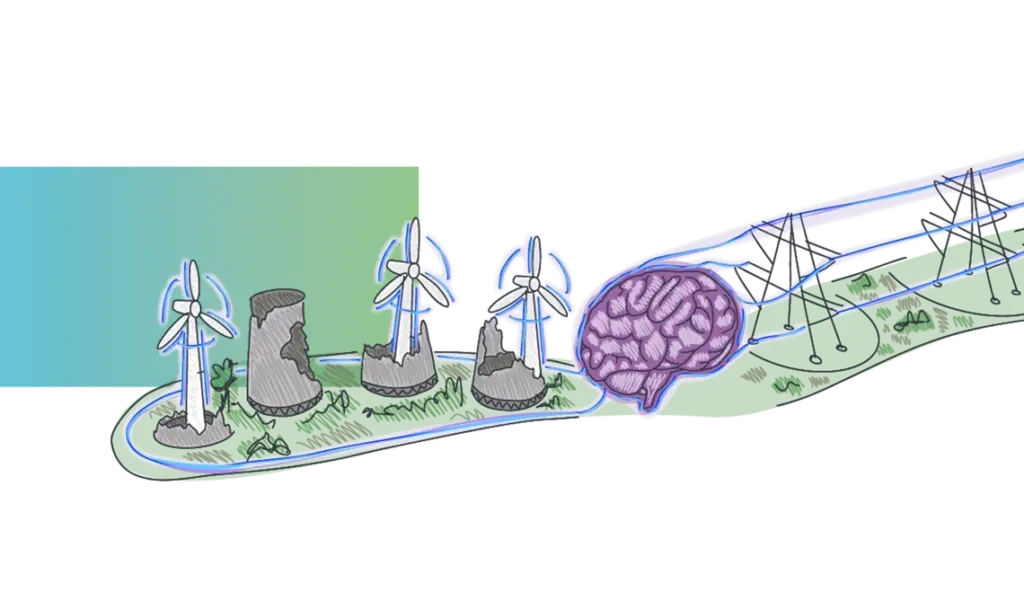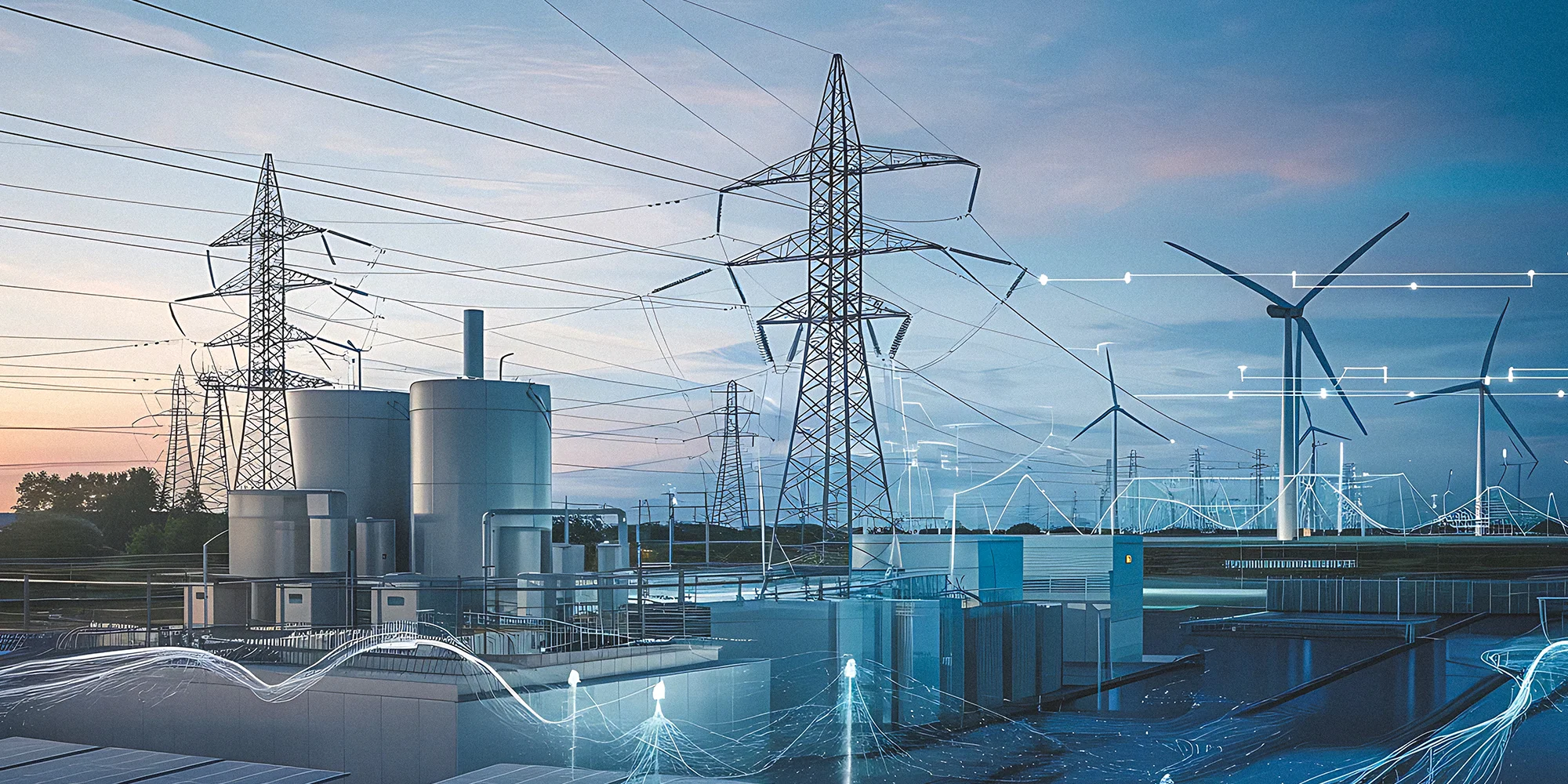The landscape of electricity generation, distribution, and consumption is undergoing a transformative shift, driven by the urgency to reduce carbon emissions and the unreliability of fossil fuel supply chains. Smart technologies are becoming crucial in managing this transition, and we at 42T are at the forefront of this evolution with innovations like FuseOhm playing a pivotal role in adapting to these changes.
The traditional electricity market, characterised by its linear and one-directional flow from centralised generation to the consumer, is evolving towards a more diverse and interconnected landscape. Smart systems, integral in this transformation, are revolutionising how electricity is generated, distributed, and consumed. This decentralisation, primarily driven by renewable energy, introduces new challenges and opportunities for grid management, particularly in maintaining balance and reliability. Consumers are transitioning from passive recipients to active participants, with smart meters and energy management tools enabling them to produce, store, and even sell electricity. This shift towards a smarter, more interconnected electricity market paves the way for a sustainable energy future.
The integration of electric vehicles, heat pumps, and renewable energy installations is leading to a more complex electricity network. Smart electrical devices and systems are pivotal in managing this complexity, reducing the need for extensive network reinforcement and new generation capacity, and making the shift to renewable energy sources more feasible and efficient.
It’s important to note that the transition to smart grids is more than a technological upgrade; it represents a fundamental shift in the electricity market. Consumers stand to benefit from this change, as smart devices like intelligent EV chargers and batteries will enable them to use energy more cost-effectively. Implementing these technologies necessitates a comprehensive approach to demand management, ensuring that the grid’s capacity aligns with the generation and consumption needs at all levels, from high voltage to low voltage. This approach is essential to prevent overwhelming the grid and to ensure that overall demand does not exceed overall generation capacity.

The shift towards smart grids and electrification is also marked by the increase of distributed generation and storage, allowing a larger group of players to participate, given there is a market for distribution. This market requires an exchange of data, information, and signals, underscoring the need for smart systems.
42T’s FuseOhm technology is a prime example of advancements in smart electrification. This retrofittable low voltage fuseway logger, designed to measure and record current, voltage, phase angle, and shunt temperature, is crucial for Distribution Network Operators (DNOs) to understand local usage patterns and make informed investment decisions. Its innovative design significantly reduces the capital expenditure required for substation instrumentation. Successfully tested at the Power Networks Demonstration Centre in Glasgow and trialled by Western Power Distribution, FuseOhm is set to be a game-changer in smart grid technology.
At present, the investment required for upgrading the UK’s distribution network is substantial, estimated at £330 billion by 2050. This investment, while essential for transitioning to a low-carbon electricity network, will come at a significant cost to the consumer. However, smart devices integrated with a smart grid supporting demand-side response will play a critical role in balancing demand and supply, thus minimising the need for extensive investment and reducing costs for consumers.
Here at 42T, we’re uniquely positioned in this transformative landscape, armed with the know-how to help businesses advance to the cutting edge of smart electrification. FuseOhm is a testament to our commitment to innovation in smart grid technology, exemplifying the kind of interoperability and standardisation that is essential in minimising both the investment needed and the costs to consumers. As the energy sector evolves, our expertise and innovative solutions provide the necessary tools for businesses to navigate these changes successfully and maintain their competitive edge in a future where smart, efficient energy management is paramount.

